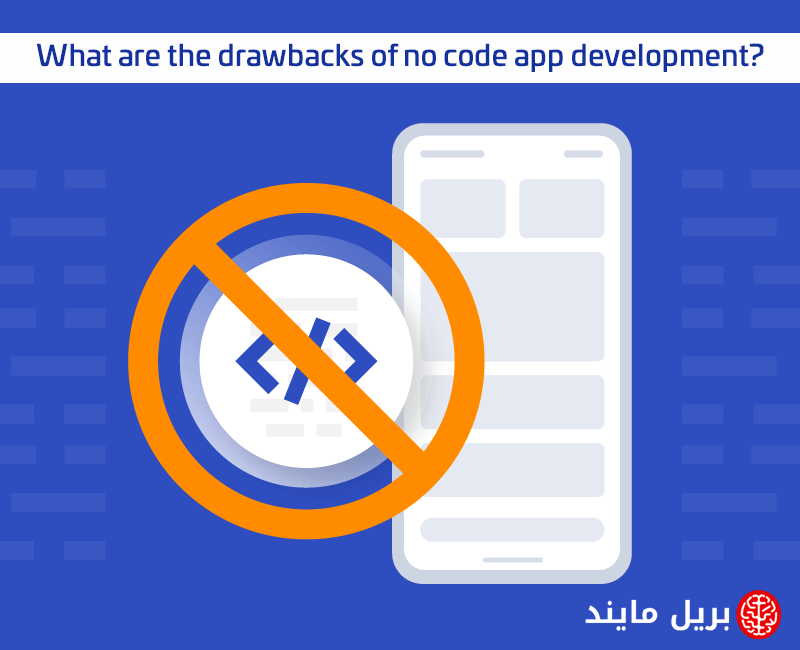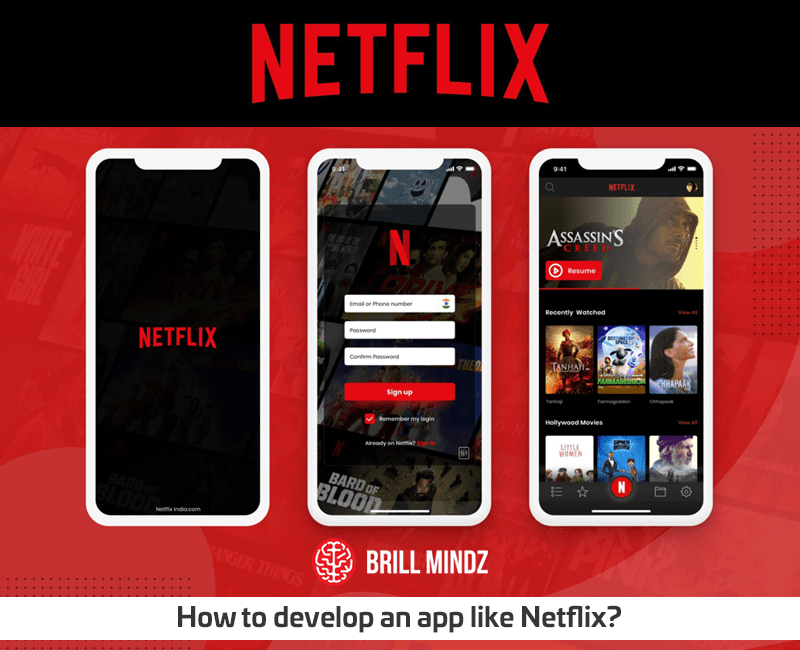What are the drawbacks of no-code app development?
The world of business is moving at a rapid pace with digital transformation offering easy solutions for business problems. The huge demand for mobile apps has enhanced the demand for coders in the competitive market. The latest invention in the field of software development is the emergence of no-code development that targets to escape the lack of coding skills in development. Usually, start-up businesses begin the process of development with a limited budget, hence they feel that no code development is the best option. But without knowing the ins and outs of the approach it will be tricky to make the right decision for your product. Knowing the drawbacks of the no code will aid in understanding when to make use of the no-code technology or use the customized software approaches as per the requirements. Keep reading the article to know the key drawbacks of no-code app development.
About no code development:
No-code is a technology that allows the development of software apps without any coding. It has become a go-to solution for businesses with a shortage of technical skills to develop apps without coding knowledge. Now, businesses have a complete understanding of flows and motives but do not have programming abilities to develop apps from scratch or add features to an existing product. No code app development employs an easy development UI that is integrated to let users in developing software with drag-and-drop components. While the creation involves loads of coding, this takes place behind the scenes and will not be seen by the users. As users perform the drag-and-drop activity using the integrated components, no code tools perform the back-end work employing data encapsulation and abstraction to provide smooth output. But this approach involves some drawbacks that will impact your intentions.
Important drawbacks of no-code app development:
Best suited for apps with limited features:
No code tools are ideal for apps that are not complex in terms of features or functionalities. For firms beginning their journey with MVP, developing an app right from the beginning will match the no-code approach. But if you are looking to develop an app with comprehensive features, then you will be short of your goal as there will be restricted features in the no-code tool. You may have to negotiate on certain features that will make the app too complicated. As the integrated UI in the no-code tool offers a limited design aspect you cannot let users employ all kinds of features as per their choice. Hence, if you are not worried too much about budget but need a feature-filled app, then, you must opt for a customized coding option for development.
Restricted room for innovation:
No-code tools have little space for innovative design aspects that make them only basic apps that do not engage the users for longer. In the current competitive market, it is the combination of engaging and navigable design that makes you stand unique in the crowd. With the added restrictions in adding big features, no code apps restrict the innovative development abilities of developers. If you are looking to make the most of your app product, by developing innovative solutions then you have to opt for custom solutions.
Security Issues:
App owners will have minimal or no authority over the code of the app that will generally follow some standard security aspects. Hence the security aspect will be limited only to platform standards, there will always be a bigger sense of threat when you employ no-code platforms. As security and privacy of user data are the biggest concerns in the current era, this security aspect will be one of the major cons of a no-code platform. If there is any kind of malware or fraudulent activity in the development center, then user data will be at stake. Moreover, no code development approach will be employed by persons who will have less knowledge about the security aspects. When additional measures are not taken to cover the security aspects, there will be an increased risk in the hands of users.
No scalability:
No code apps generally have restricted abilities even while handling the load. With the increase in the number of users over time, the app has to handle the load at bigger levels. With limited features and handling abilities, no-code apps will fail to negotiate this element in the future. When there is an increase in customer demands then you will face the challenge of giving top quality in scalability. It is one of the key reasons why businesses go for a custom code development approach when the number of users exceeds the initial levels. While you may be interested in starting with no code app development, you must keep in mind matching the pace for future necessities.
Not a highly reasonable option:
As you begin the search you might find that no code option is more reasonable than the customized approach. But when compared with the quality of the final product, then things look quite different. If you have an expert custom mobile app development firm in partnership, then the overall budget and profit ratio will be much higher than the code approach. Drag and drop style may be easy in theory but when the business motives and overall customer satisfaction is considered you may not be able to exactly provide what customers demand. Since customers across every segment have unique demands, the process flow will differ significantly, arising a need for custom app development.
To wrap up:
The capability to develop an app product without the skills in specific technology and to execute them in minimal time has made no-code mobile app development an exciting option for businesses. But it is important to know the cons of this technology to decide on its adaption. Partnering with a mobile app development company such as Brillmindz Technology will allow you to make the right decision. The firm has developed several user-friendly apps that are constantly offering maximum ROI for clients.














